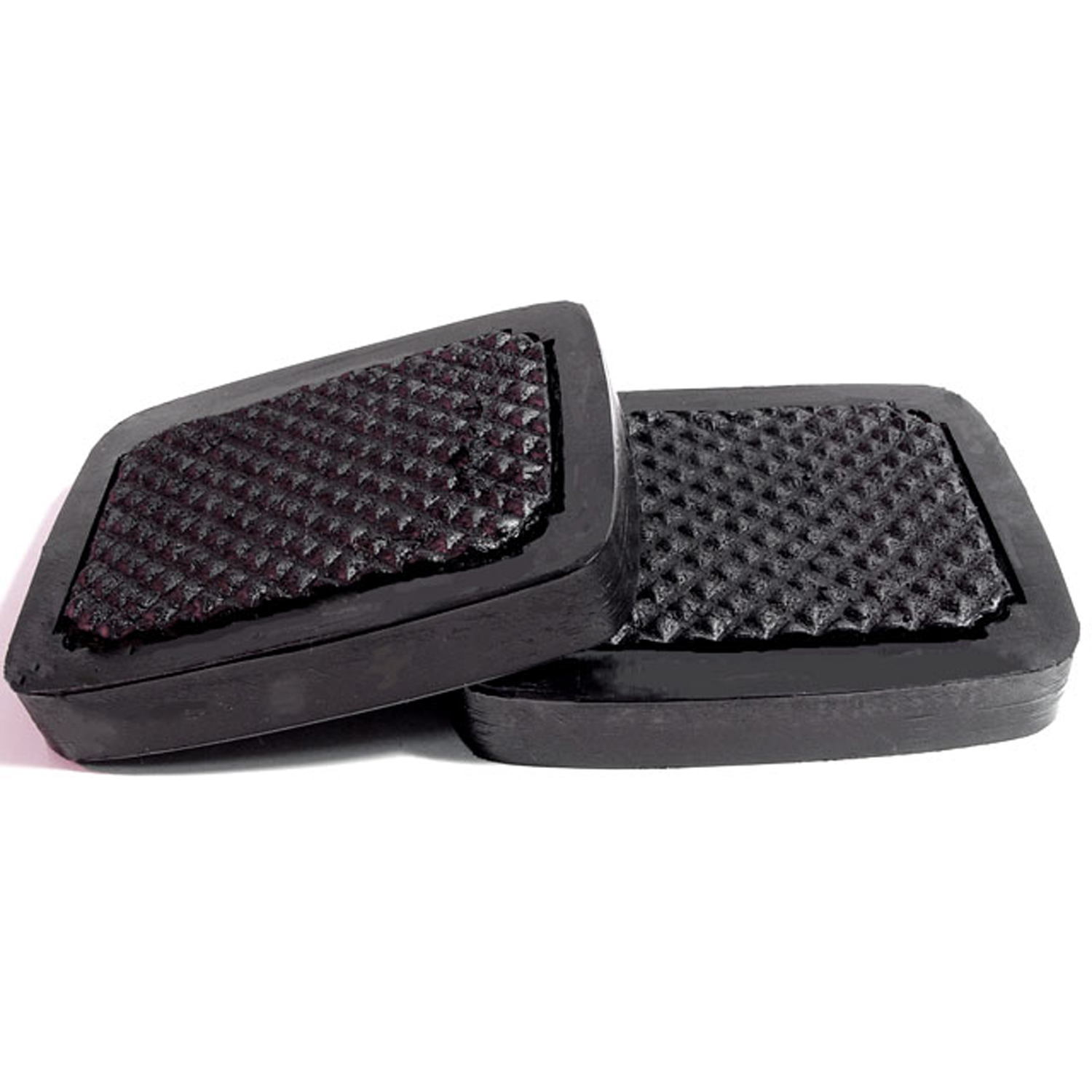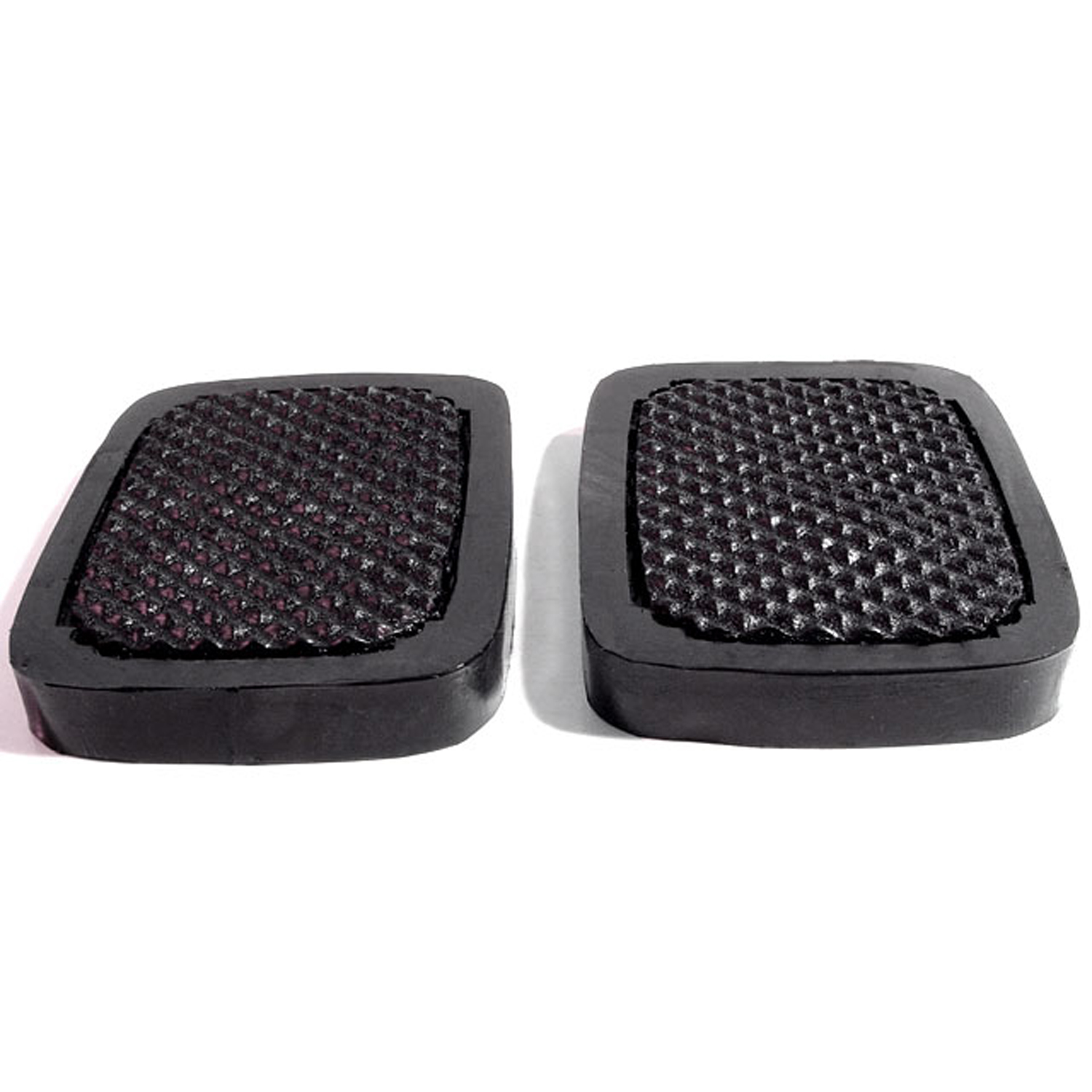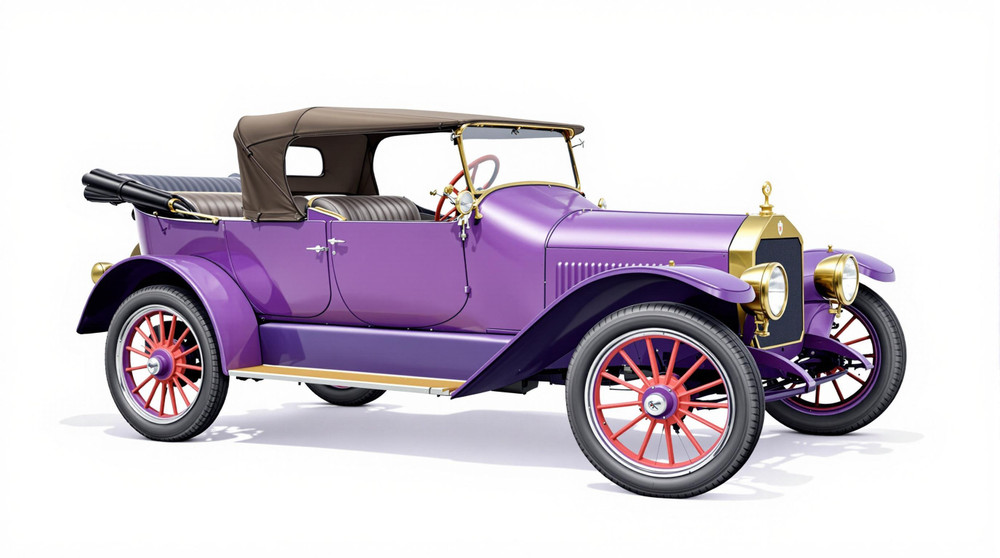Image of 1914 Buick Model B-24, Note: These illustrations use artistic license and may differ from actual historical models.
Performance Metrics
Fundamental Metrics
Emotional Appeal
MMP Rating
| Engine Specifications | |
|---|---|
| Engine: | 4-cylinder, in-line, L-head |
| Displacement: | 165 cubic inches |
| Horsepower: | Estimated 24-30 HP |
| Torque: | Not available |
| Compression Ratio: | Not available |
| Ignition System: | Magneto |
| Cooling System: | Water-cooled |
| Performance Specifications | |
| 0-60 Time: | Not available |
| 1/4 Mile Time: | Not available |
| Top Speed: | 40-45 mph |
| Transmission and Drive | |
| Drive Type: | Rear-wheel drive |
| Transmission Type: | 3-speed manual |
| Fuel and Efficiency | |
| Fuel System Type: | Carburetor |
| MPG: | Not available |
| Dimensions and Brakes | |
| Brakes: | Mechanical drum brakes |
| Wheelbase: | 106 inches |
| Weight: | 1,650 lbs |
Note: Specifications for classic cars are given to the best of our ability, considering the limited and variant data available.
A Journey Back to the Dawn of Automotive Innovation: The 1914 Buick Model B-24
The year 1914 marked a pivotal moment in automotive history with the introduction of the Buick Model B-24, a car that encapsulated the ingenuity and ambition of early 20th-century America. Born from the inventive minds at Buick, a company already carving its niche in the burgeoning car industry, the Model B-24 was more than just a means of transportation; it was a symbol of progress. With its unique blend of style and engineering, this vehicle captured the imagination of a generation. One particularly notable moment in its history was when a Model B-24 became the chariot for a cross-country adventure, proving its reliability and endurance in an era where roads were still a novel concept.
Design and Innovation
The exterior of the 1914 Buick Model B-24 exuded elegance and strength, with sweeping fenders and a bold grille that commanded attention. Its brass-accented headlamps and lanterns shimmered like beacons of modernity against the handcrafted bodywork. Inside, passengers were treated to an interior that showcased the craftsmanship of the era, with plush leather seating and polished wooden accents that spoke volumes about luxury in the pre-war period. Technologically, the Model B-24 boasted features that were ahead of its time, such as an advanced overhead valve engine—a rarity among its peers. Color options were limited by today's standards but offered enough variety to stand out, with deep blues and rich blacks being popular choices. The car came in several body styles, including touring and roadster versions, with the open-top touring model being particularly iconic for its sociable seating arrangement.
Historical Significance
The Buick Model B-24's influence on automotive design cannot be overstated. It was one of the first mass-produced cars to offer an electric self-starter as standard equipment, signaling the end of the hand-crank era. This innovation alone made driving accessible to a broader audience and set a new standard for convenience and safety in automobiles. What truly set this car apart was its robust engine and sturdy construction, which made it a favorite among early motorists who valued reliability over flamboyance. Its legacy is evident in how it paved the way for future generations of cars to build upon its technological advancements.
Performance and Handling
In terms of performance, the 1914 Buick Model B-24 was no slouch. Its top speed approached 60 miles per hour—a thrilling pace for its time—and it could tackle rolling landscapes with relative ease. Handling was straightforward by modern standards but required skill to navigate rougher terrain or inclement weather. Driving a Model B-24 was an immersive experience; from the throaty rumble of its engine to the wind rushing past on open roads, every journey was an adventure. The tactile feedback through its wooden steering wheel connected drivers directly to the heart of early automotive travel.
Ownership Experience
Owners of the Model B-24 used their vehicles for various purposes: daily commuting, leisurely Sunday drives, or even as showpieces in parades. Maintenance was hands-on but manageable for those familiar with basic mechanics. Reliability was one of its strong suits; however, given its age, contemporary owners should expect regular upkeep to preserve this piece of automotive heritage.
Fun Facts
The 1914 Buick Model B-24 has several intriguing anecdotes attached to it. For instance, some models were owned by prominent figures of the time, adding to their mystique. While not known for breaking speed records, it did set benchmarks for endurance and reliability. Common criticisms often revolved around its relatively high cost at release and fuel efficiency by today's standards—both understandable given its era's limitations.
Collector's Information
Today, finding a 1914 Buick Model B-24 can be akin to uncovering treasure. It's estimated that only a handful have survived through the decades. As such, their value can vary widely based on condition and provenance but typically ranges from tens to hundreds of thousands of dollars. The market for classic cars like these tends to appreciate over time as they become rarer and more sought after by collectors looking for unique pieces from automotive history.
Conclusion
The 1914 Buick Model B-24 stands as a testament to early automotive innovation—a machine that not only moved people but also propelled society forward. Its blend of design elegance, technological prowess, and historical significance ensures that it remains cherished by collectors and enthusiasts alike. As we look back over a century later, we can appreciate how vehicles like the Model B-24 laid down tracks for our modern motoring journey.
1914 Buick Model B-24 Catalog of Parts
 1914 Buick MODEL B-24 Clutch and Brake Pedal Pads. 2-3/4" wide X 3-3/8" long-CB 12Clutch and Brake Pedal Pads. 2-3/4" wide X 3-3/8" long. Pair
1914 Buick MODEL B-24 Clutch and Brake Pedal Pads. 2-3/4" wide X 3-3/8" long-CB 12Clutch and Brake Pedal Pads. 2-3/4" wide X 3-3/8" long. Pair 1914 Buick MODEL B-24 Clutch and Brake Pedal Pads. 2-3/4" wide X 3-3/4" long-CB 13Clutch and Brake Pedal Pads. 2-3/4" wide X 3-3/4" long. Pair
1914 Buick MODEL B-24 Clutch and Brake Pedal Pads. 2-3/4" wide X 3-3/4" long-CB 13Clutch and Brake Pedal Pads. 2-3/4" wide X 3-3/4" long. PairWhy Choose Metro?
For over 100 years, Metro Moulded Parts has been the pinnacle of quality in classic car restoration parts. Our commitment to precision and authenticity in every component ensures a perfect fit and an OEM-level appearance.
- Expert Craftsmanship & Quality: Each part is a testament to our dedication to reliability and perfection, crafted from original designs and thoroughly tested.
- Advanced Technology: We use cutting-edge techniques to create flawless, long-lasting parts that surpass others in performance.
- SuperSoft Sponge – The Ultimate Door Seal: Not only are our door seals 30% softer than competitors', but they're also guaranteed to never leak. They effectively reduce wind and road noise, enhancing your classic car's comfort and driving experience.
- Proudly American: Our parts are a product of American craftsmanship, made in the USA with a spirit of excellence and heritage.
- Unrivaled Warranty: We back our products with a 30-year industry-leading warranty, a testament to our confidence in their quality.
Join us in preserving the legacy of classic cars with parts that are crafted for perfection, not just made.

